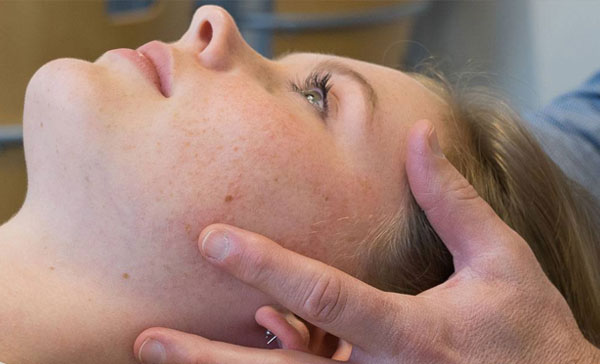
What is osteopathy?
Osteopathy is a method of healing whereby an osteopath makes use of his hands, examining the whole body for mobility of all tissues and structures. Where tissue/structure movement restrictions occur, the osteopath can restore the movement to normality using manual techniques. The father of osteopathy is the American physician, A.T. Still, who noted that all tissue in the human body has a certain level of mobility, and that loss of this mobility has a negative effect on a person’s health.
Movements of the body are not alone bending the back or extending the knees. There are also movements of tissue taking place 24 hours a day of which we are not conscious, for instance: the beating of a heart (100,000 per day) or the contraction of a diaphragm, which is responsible for breathing (2,000 per day). These can also suffer from loss of mobility.
Organs also have their mobiity: kidneys, for example, move 600 metres per day under the influence of the diaphragm.
The skull, which is composed of several bone fragments, also has a certain mobility.
Using his hands, the osteopath can detect the loss of movement and treat this using gentle manipulations of the hand. Not just the symptoms are treated, but the cause of the loss in movement. If the normal movement in the tissue is restored, the body is then in a state to solve the problem itself.
Loss of movement can occur due to: illness, accidents, operations, stress or bad lifestyle habits. In addition to the treatment of tissue, the osteopath also discusses lifestyle and nutrition. Advice regarding the right diet, exercise and relaxation for you, all fall within the scope and expertise of the osteopaths at Osteopathy Eindhoven.
